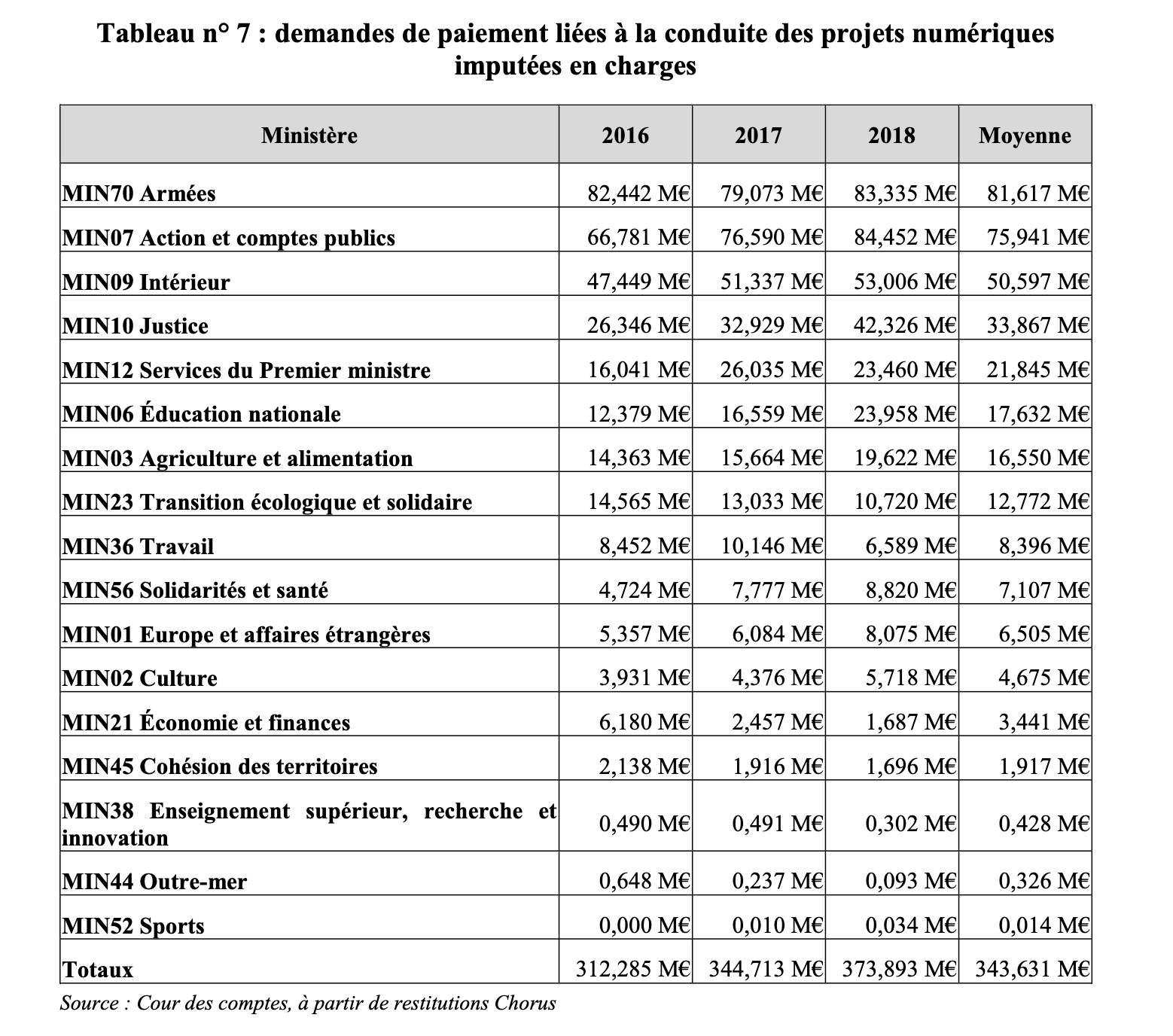Why 2% of public procurement?
A simple slogan
Existing regulatory and legal frameworks
Acceptable amounts on public development budgets
A swarmable mechanism for scaling up
Raise awareness of sovereignty issues
Develop the role of the public actor in supporting the commons
Simple slogan and mecanism
The ambition is to reach certain orders of magnitude in terms of amounts collected, so that these are sufficient to irrigate and consolidate an industrial economy of the commons.
This ambition therefore requires addressing numerous interlocutors in the administration and in the private sector, each with different concerns, professions, priorities or action frameworks.
In order to be able to generalize the principle of collection and pooling for support of the commons, it is therefore necessary to offer all sponsors a mechanism that is simple to understand from the outset and simple to implement , whatever their administrative affiliation or their sector of activity.
Framing figures and orders of magnitude
Overview of major French State IT projects September 2023, source data.gouv.fr For a total of approximately 3,625 million euros

Management of major French State digital projects 2020, source Cour des Comptes an average of 343.631 million euros/year between 2016 and 2018

Become aware of sovereignty issues
Free tools located in the lower and less visible layers of the various digital services set up by public authorities raise questions of criticality and risks (see the note from the Quai d'Orsay ): security, technical complexity, updates, maintainability…
The proper functioning of “ low level ” tools can be an undervalued dimension when calculating the risks of digital projects, projects which sometimes have an infrastructural dimension ( sovereign cloud , health data, army payroll software, etc.).
Sometimes critical “ low level ” tools can be maintained by individuals outside national borders, outside the sectoral authority of the sponsoring administrations, and yet prove essential to the proper functioning of the services implemented ( examples of cURLor openSSL , or that of core.js library).
Role of the State
The State as facilitator for commons
Before playing the role of actor or producer of commons, the State can take on as a priority the role of guarantor of the framework for the production of commons of general interest by civil society. This framework is above all legal and legislative (GDPR, RGAA, DMA, etc.) but the role of guarantor of this framework is also played through support and animation actions, as already proposed by public actors such as the ANCT , IGN or DINUM.
The State as industrial policies carrier
The State, but also all ancillary administrations (agencies) or decentralized (communities), can support the industrial economy and the jobs represented by private actors producing the commons, by perpetuating various direct financing methods including the “2% common”, in addition to other historical modes of support.
A sustainable financing mechanism
An alternative to one-off funding (grants, calls for projects, ad hoc funds , etc.)
Taking into account the orders of magnitude necessary to support a real economy of the commons
An ability to “ scale up ”: either by playing on the percentage, or by expanding to sectors other than digital
Implementation to be clarified
Is the existing regulatory framework sufficient ? Is there a legal risk of being accused of distortion of competition?
Which projects, in which partner administrations, with which allies, to experiment with now ?
What strategy is there to bring this principle before decision-makers in the administration?
Some additional ideas
Start with the public, expand to the private (or share the effort): would it be interesting (for political or economic reasons) to break down the “2%” into “ 2% = 1% public + 1% private ”? That is to say 1% of the public order upstream, and 1% of the turnover or invoices of private companies in project management?
Putting numbers against ideas : assessing the amounts of public money currently spent on digital projects to establish a sort of forecast budget